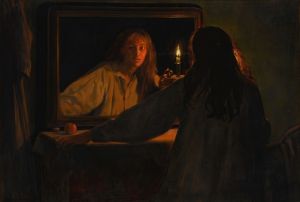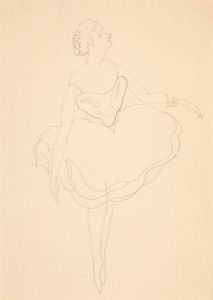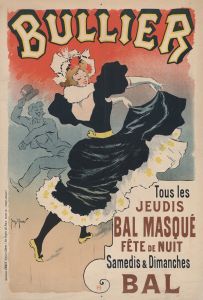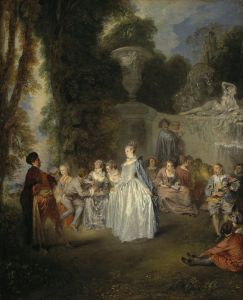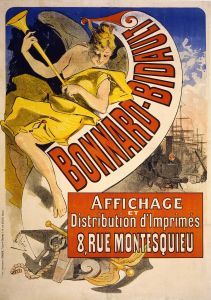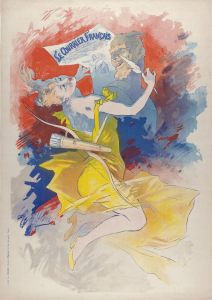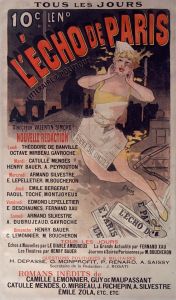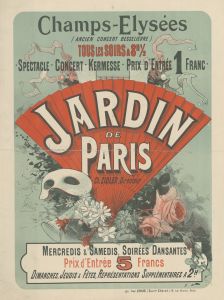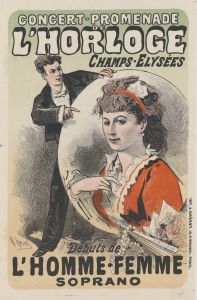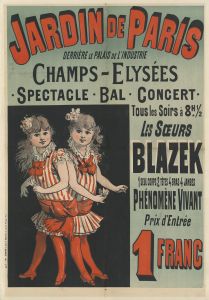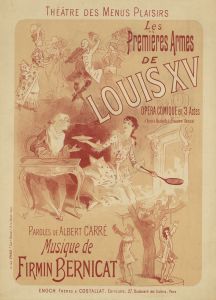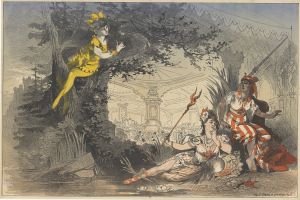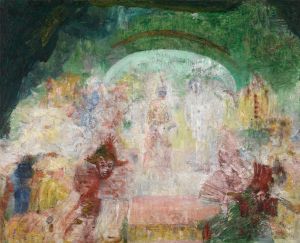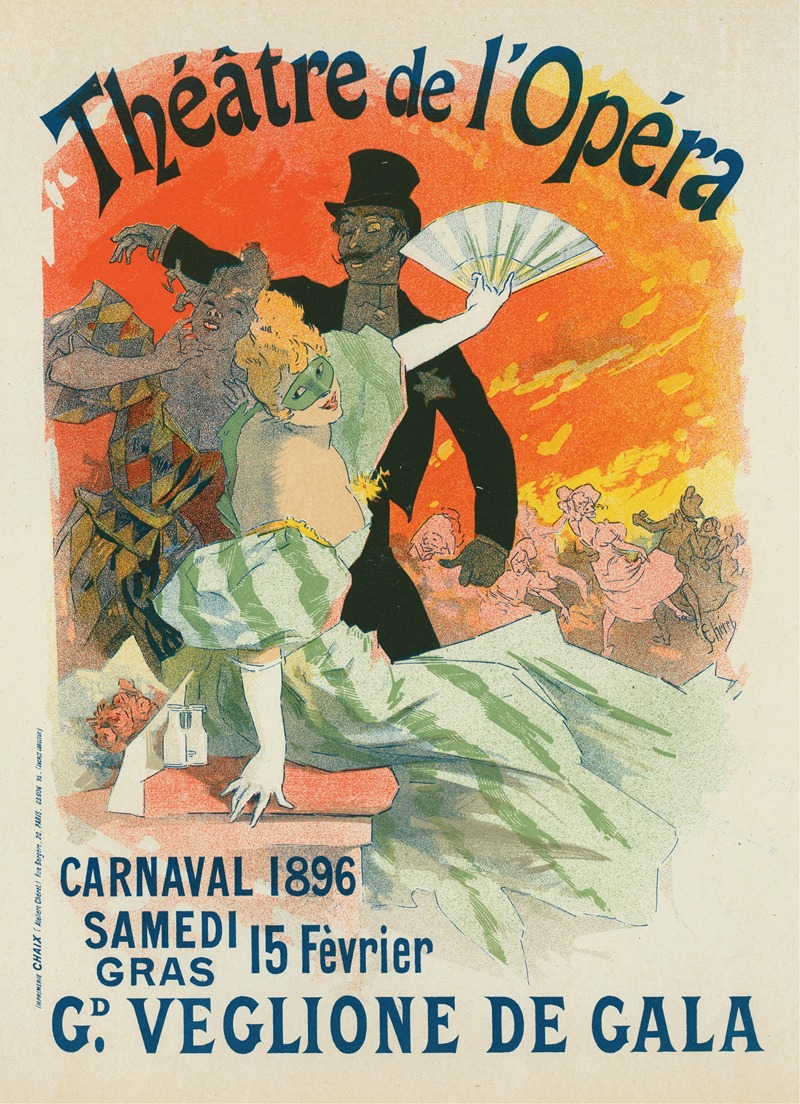
Carnaval 1896. Grand Veglione De Gala
A hand-painted replica of Jules Chéret’s masterpiece Carnaval 1896. Grand Veglione De Gala, meticulously crafted by professional artists to capture the true essence of the original. Each piece is created with museum-quality canvas and rare mineral pigments, carefully painted by experienced artists with delicate brushstrokes and rich, layered colors to perfectly recreate the texture of the original artwork. Unlike machine-printed reproductions, this hand-painted version brings the painting to life, infused with the artist’s emotions and skill in every stroke. Whether for personal collection or home decoration, it instantly elevates the artistic atmosphere of any space.
Jules Chéret, a prominent French painter and lithographer, is widely recognized as a pioneer in the development of the modern poster. His work, "Carnaval 1896. Grand Veglione De Gala," is a notable example of his contribution to the art of poster design during the Belle Époque period in France. This poster was created to advertise a grand gala event during the Carnival of 1896, a festive season that typically involves public celebrations, parades, and masquerade balls.
Chéret's posters are characterized by their vibrant colors, dynamic compositions, and the joyful, often whimsical, depiction of figures. "Carnaval 1896. Grand Veglione De Gala" is no exception. The poster features a lively scene with elegantly dressed figures, capturing the exuberant spirit of the carnival. The central figure is a woman in a flowing dress, embodying the grace and vivacity that Chéret's works are known for. Surrounding her are other revelers, all engaged in the festivities, which include dancing and merrymaking.
The use of color in this poster is particularly striking. Chéret employs a bright palette, with bold reds, blues, and yellows, which not only attract the viewer's attention but also convey the festive atmosphere of the event. The fluidity of the lines and the sense of movement in the figures add to the dynamic quality of the composition, making it an effective piece of advertising art.
Jules Chéret's influence on the art of poster design cannot be overstated. Often referred to as the "father of the modern poster," he revolutionized the field by elevating the poster from mere commercial advertisement to a form of artistic expression. His innovative techniques in lithography allowed for the production of posters with rich, vibrant colors and intricate details, setting a new standard for the medium.
Chéret's work also played a significant role in the cultural life of Paris during the late 19th century. His posters adorned the streets of the city, promoting a wide range of events, from theatrical performances to public celebrations like the carnival. They not only served as advertisements but also as a form of public art, accessible to all and contributing to the visual landscape of the city.
"Carnaval 1896. Grand Veglione De Gala" is a testament to Chéret's skill and creativity as a poster artist. It captures the essence of the carnival, a time of joy and celebration, and does so with a style that is both elegant and exuberant. The poster remains an important example of Chéret's work and a significant piece of the history of poster art.
In summary, "Carnaval 1896. Grand Veglione De Gala" by Jules Chéret is a vibrant and dynamic poster that exemplifies the artist's innovative approach to poster design. Through its lively depiction of carnival revelers and its bold use of color, the poster not only advertises a specific event but also captures the festive spirit of the time. Chéret's contributions to the art of the poster have left a lasting legacy, influencing generations of artists and shaping the visual culture of the Belle Époque.





